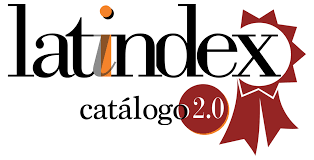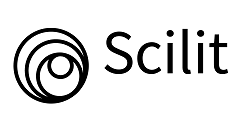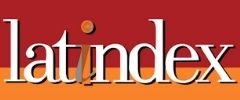Zolpidem, prescription B or special control?
DOI:
https://doi.org/10.25118/2763-9037.2024.v14.1138Keywords:
substance-related disorders, zolpidem, public health, abuse of prescription medicationsAbstract
Zolpidem is a non-benzodiazepine hypnotic that acts on the α1 subunit of GABA-A receptors. Despite its effectiveness for treating initial and maintenance insomnia, it is a compound associated with the risk of abuse and dependence, with case reports in the scientific literature since the 90s - shortly after its approval and commercialization. Unfortunately, since the COVID-19 pandemic, there has been an alarming increase in hypnotic sales and indiscriminate use. According to SVS/MS Ordinance No. 344/98, zolpidem is part of List “B1” - subject to “B” Prescription Notification; but since the 2002 resolution, two copies for doses of up to 10 mg have been provided via special control prescription. According to the brief research carried out in this article, there seem to be grounds that support the suggestion of reevaluating the dispensing of zolpidem only via prescription “B” regardless of the dose, as an attempt to control access to the sleep inducer and the associated impacts. However, a vast literature survey is necessary in light of scientific rigor to ratify this proposed change in prescription.
Downloads
Metrics
References
.1. Associação Brasileira do Sono. https://absono.com.br/publicacoes-sono/
.2. Brasil. Ministério da Saúde. Secretaria de Vigilância em Saúde. Portaria n. 344, de 12 de maio de 1998. Aprova o Regulamento Técnico sobre substâncias e medicamentos sujeitos a controle especial. https://bvsms.saude.gov.br/bvs/saudelegis/svs/1998/prt0344_12_05_1998_rep.html
.3. Brasil. Ministério da Saúde. Agência Nacional de Vigilância Sanitária (ANVISA). Resolução da Diretoria Colegiada – RDC n. 232, de 11 de dezembro de 2001. https://antigo.anvisa.gov.br/documents/10181/2718376/RDC_232_2001_.pdf/6f1421a8-a554-42de-84c1-a3051244b335.
.4. Hajak G, Muller WE, Wittchen HU, Pittrow D, Kirch W. Abuse and dependence potential for the non-benzodiazepine hypnotics zolpidem and zopiclone: a review of case reports and epidemiological data. Centre for Reviews and Dissemination (UK), 2003. https://www.ncbi.nlm.nih.gov/books/NBK69689/
.5. Lima WD, Silva MD, Costa, Pinheiro FI, Azevedo EP, Cobucci REN, Cavalcanti JRLP, Guzen FP. Abusive use of zolpidem as a result of COVID-19 and perspectives of continuity of the problem in the post-pandemic period. Curr Neuropharmacol, 20 Sept. 2023, https://doi.org/10.2174/1570159X21666230920123401 - PMCid:PMC10190153

Published
How to Cite
Issue
Section
License
Copyright (c) 2024 Angela Bertoldo, Isabela Moreira Abujamra, Henrieli Correia Zanardi, Felipe Yoshio Tabushi, Victor Hugo Souza Hortense

This work is licensed under a Creative Commons Attribution-NonCommercial 4.0 International License.
Debates em Psiquiatria allows the author (s) to keep their copyrights unrestricted. Allows the author (s) to retain their publication rights without restriction. Authors should ensure that the article is an original work without fabrication, fraud or plagiarism; does not infringe any copyright or right of ownership of any third party. Authors should also ensure that each one complies with the authorship requirements as recommended by the ICMJE and understand that if the article or part of it is flawed or fraudulent, each author shares responsibility.
Attribution-NonCommercial 4.0 International (CC BY-NC 4.0) - Debates em Psiquiatria is governed by the licencse CC-By-NC
You are free to:
- Share — copy and redistribute the material in any medium or format
- Adapt — remix, transform, and build upon the material
The licensor cannot revoke these freedoms as long as you follow the license terms. Under the following terms:
- Attribution — You must give appropriate credit, provide a link to the license, and indicate if changes were made. You may do so in any reasonable manner, but not in any way that suggests the licensor endorses you or your use.
- NonCommercial — You may not use the material for commercial purposes.
No additional restrictions — You may not apply legal terms or technological measures that legally restrict others from doing anything the license permits.





























